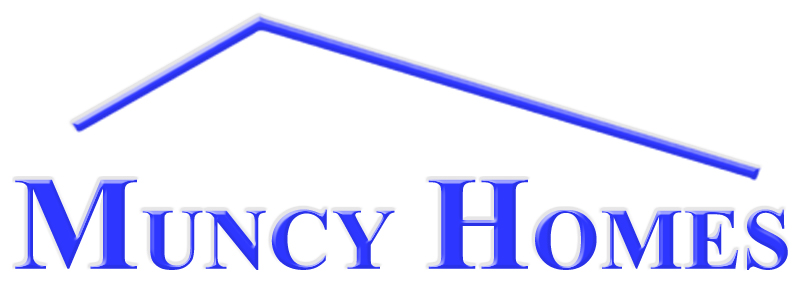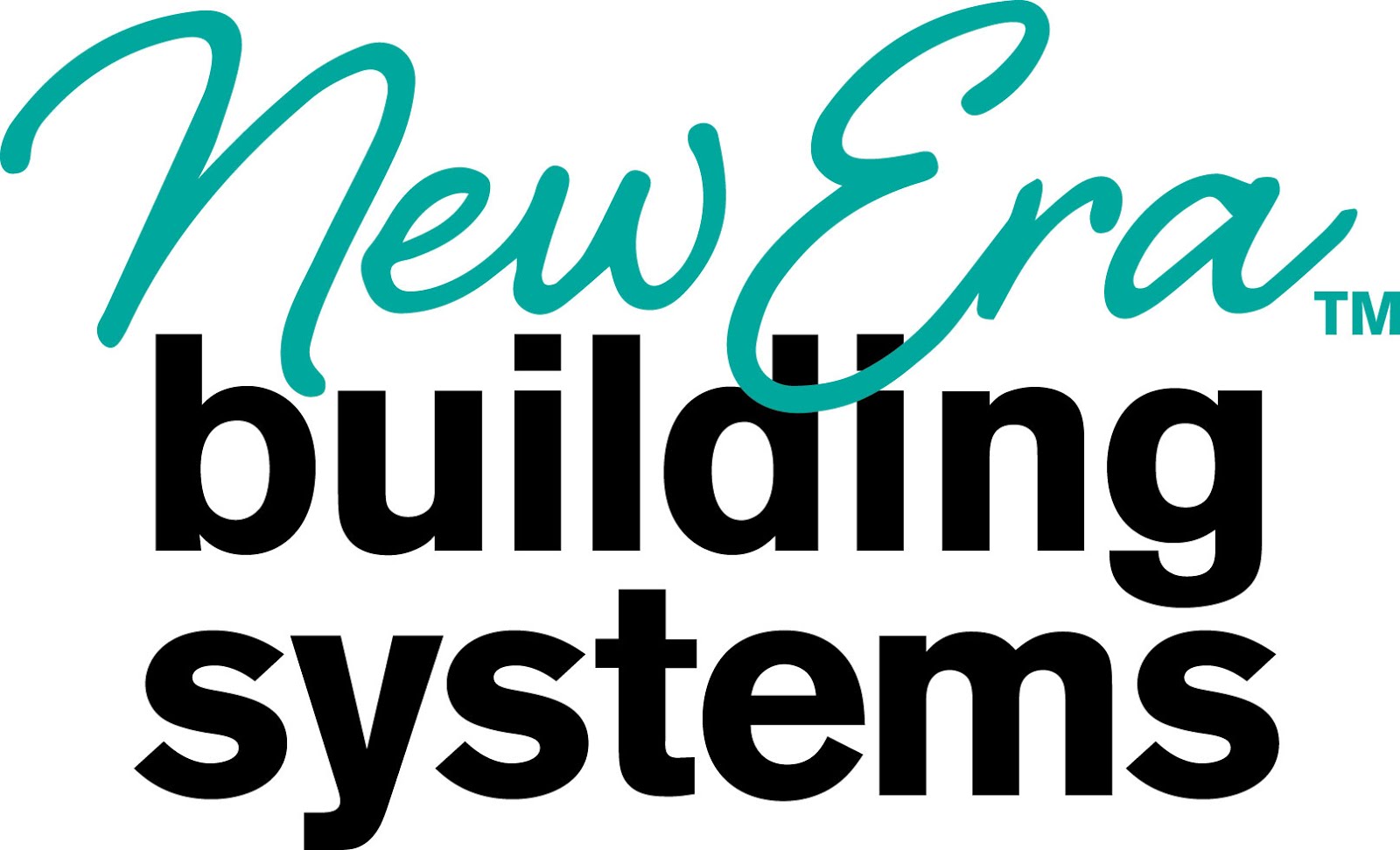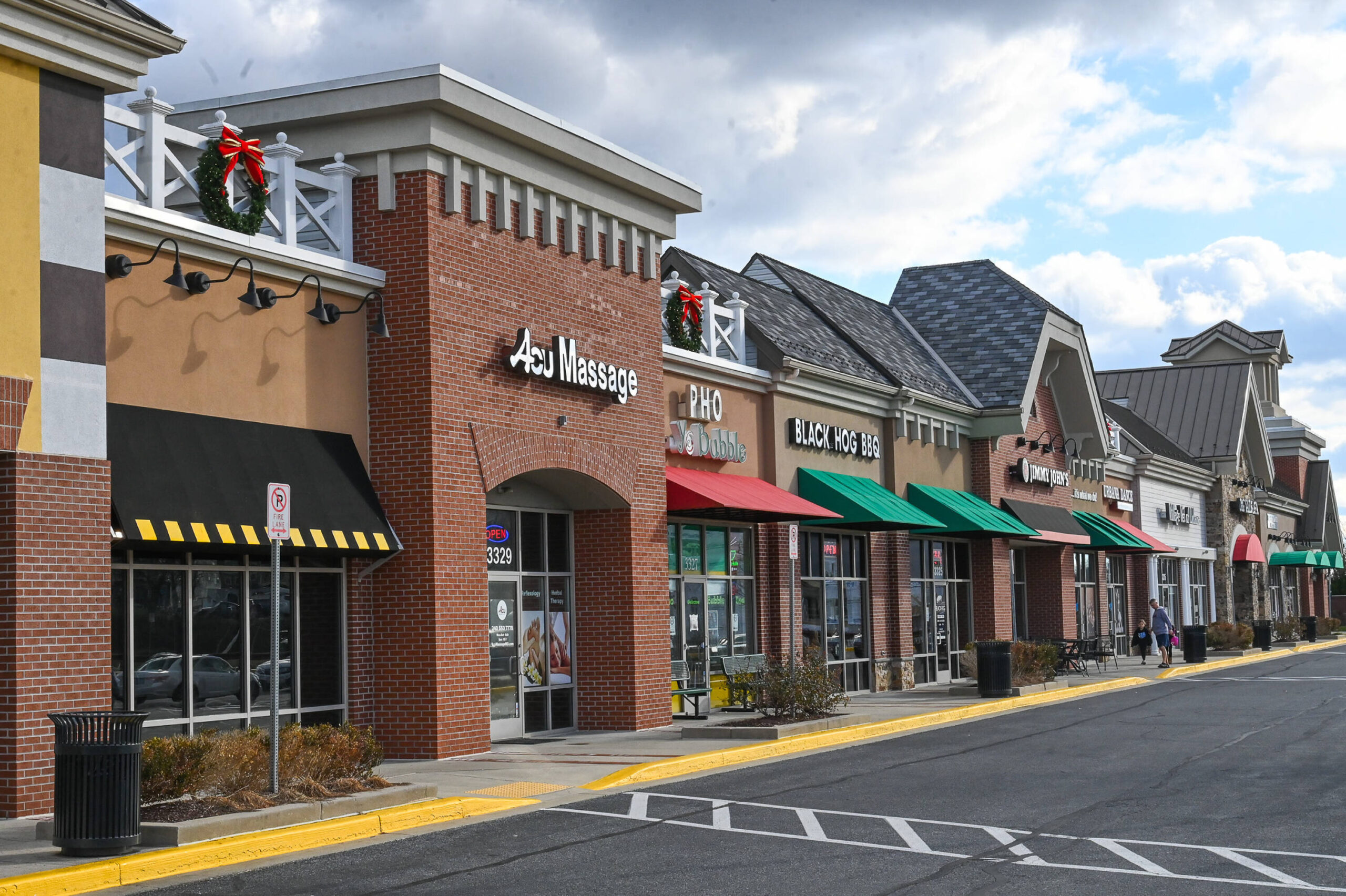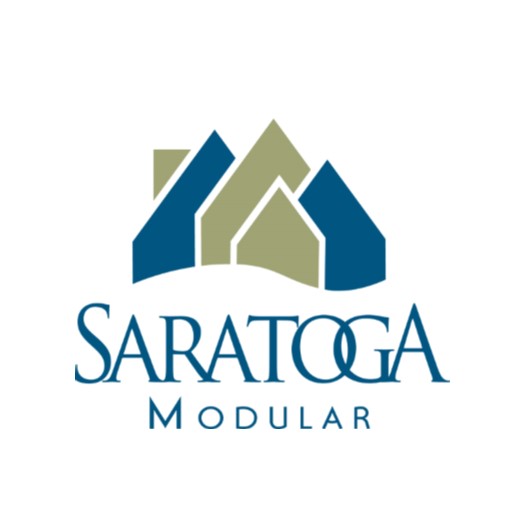Over the past decade, a new kind of town has emerged across the country. Developers break ground on massive master-planned communities, complete with tens of thousands of condos, apartments, and single-family homes. These new “towns” feature neatly designed streets, expansive green spaces, and a central business district with plenty of storefronts waiting to be filled. On paper, they seem like the perfect model for modern living—a carefully curated blend of housing, retail, and lifestyle amenities.

.
Yet, when you drive through these places, something is missing: people.
The sidewalks are empty, store vacancies are high, and the bustling town center that developers promised feels eerily quiet. These so-called towns resemble well-manicured ghost towns more than thriving communities. The big question is: Were they ever meant to be real towns, or were they just built to house people?
The Illusion of the Walkable Town
The rise of these master-planned communities signals a shift in urban development. Historically, towns grew organically. A business district emerged first, centered around jobs, commerce, or industry. Residential areas developed naturally around them as people moved closer to work and services. Today’s planned towns flip that process—developers prioritize housing first, then tack on a business district as an afterthought.

.
The problem? Real towns thrive on economic activity, not just rooftops. The walkable neighborhoods and live-work-shop appeal only work if there is enough daily activity to sustain the businesses. But too often, the developers set high commercial rent prices, assuming that retailers and restaurants will flock to the space simply because homes surround it.
That’s not how successful towns function. Businesses need steady foot traffic, but in these planned developments, the population is largely residential, and many of the residents commute elsewhere for work. This creates an economic mismatch: the businesses in the so-called town centers lack the customer base needed to sustain them, leading to closures and empty storefronts.
Why These Town Centers Fail to Take Off
Despite the glossy brochures and modern amenities, these planned towns often suffer from the same core issues:
Lack of Organic Growth – Real towns evolve over time, shaped by economic forces, culture, and community needs. Planned towns, on the other hand, are constructed all at once, which doesn’t allow for the natural development of a thriving business ecosystem.
Car Dependency – Many of these communities claim to be “walkable,” but their layouts prioritize cars. Wide roads, large parking lots, and lack of meaningful pedestrian infrastructure discourage people from walking, even if businesses are just a few blocks away.
High Commercial Rents – Developers often set commercial lease rates too high, expecting national chains to move in. But big brands are hesitant to gamble on an untested market, and small businesses can’t afford the overhead, leaving many storefronts empty.
Limited Local Jobs – Without major employers within the town, most residents commute to nearby cities for work. This means town centers are empty during the day, robbing local businesses of the steady stream of customers they need.
Lifestyle vs. Necessity – Many of these town centers focus on boutique shopping, trendy cafes, and entertainment rather than essential services. Without grocery stores, medical offices, and practical retail options, people still drive elsewhere to run their daily errands.
Weak Community Bonds – A sense of identity and community takes time to build. Traditional towns have schools, libraries, and local traditions that foster civic pride. In a brand-new town, residents may not feel connected, leading to disengagement and lower participation in local events.

.
Can These Towns Be Saved?
Not all is lost. Some planned communities have managed to create lively, functional town centers by focusing on a few key strategies:
Job Creation First – Instead of building only housing, developers should attract office spaces, co-working hubs, and business incubators to encourage daytime activity.
Affordable Retail Spaces – Lowering rent for local businesses or offering flexible lease terms can help attract a mix of stores and restaurants.
Better Walkability – Narrower streets, wider sidewalks, and well-placed public spaces can encourage more pedestrian activity.
Community Engagement – Hosting regular farmers markets, street fairs, and public events can help foster a sense of belonging and encourage foot traffic.
Mixed-Use Development – Incorporating residential units above retail spaces can help keep the area active both day and night.
Are These Towns the Future, or Just a Fad?
Developers continue to build these communities at a rapid pace, selling buyers on the idea of a complete live-work-play environment. However, without significant changes to how these communities are designed and how their commercial centers are supported, they risk remaining empty shells—built for people to live in, but not truly live in.
A real town isn’t just a collection of buildings; it’s a living, breathing ecosystem of homes, businesses, and social spaces that work together. Until developers shift their focus from just selling houses to actually building sustainable communities, these planned “towns” may remain beautiful, but hollow.
What do you think—are these developments the future of housing, or just a failed experiment in urban design?
.
Gary Fleisher, The Modcoach, writes about the modular and offsite construction industry at Modular Home Source.
.
CLICK HERE to read the latest edition
Contact Gary Fleisher












